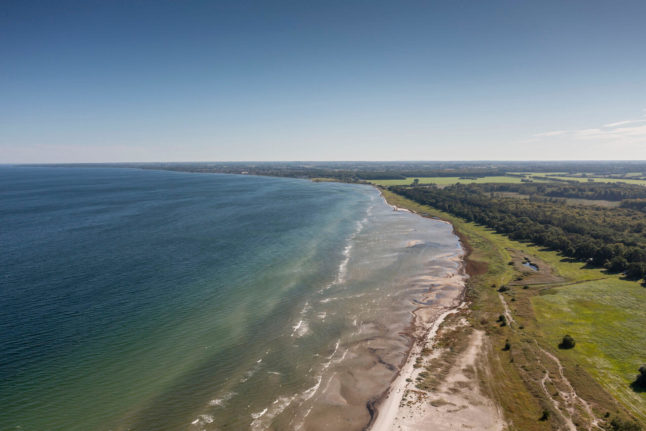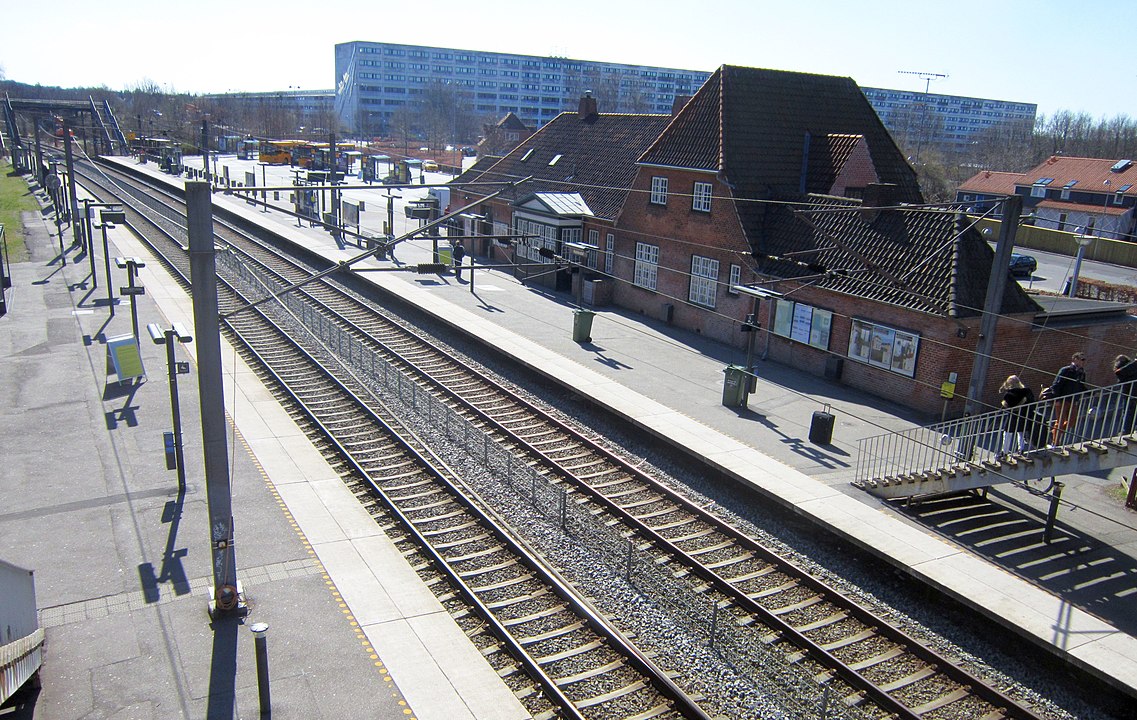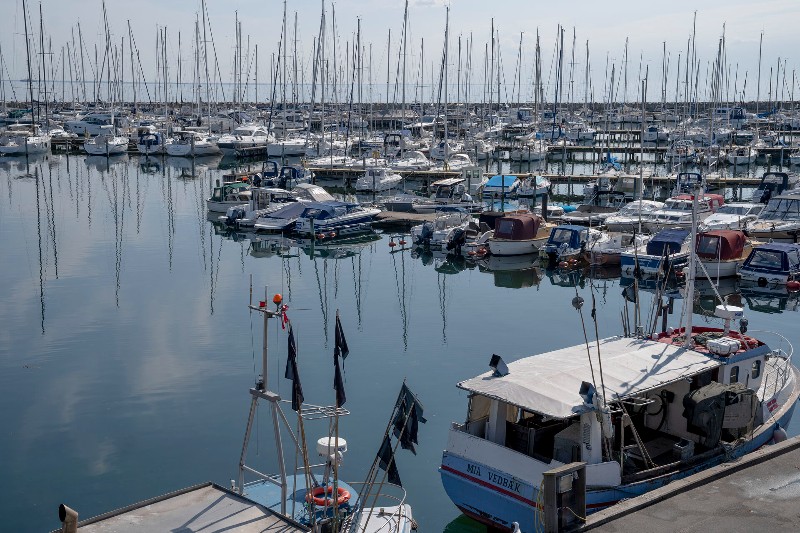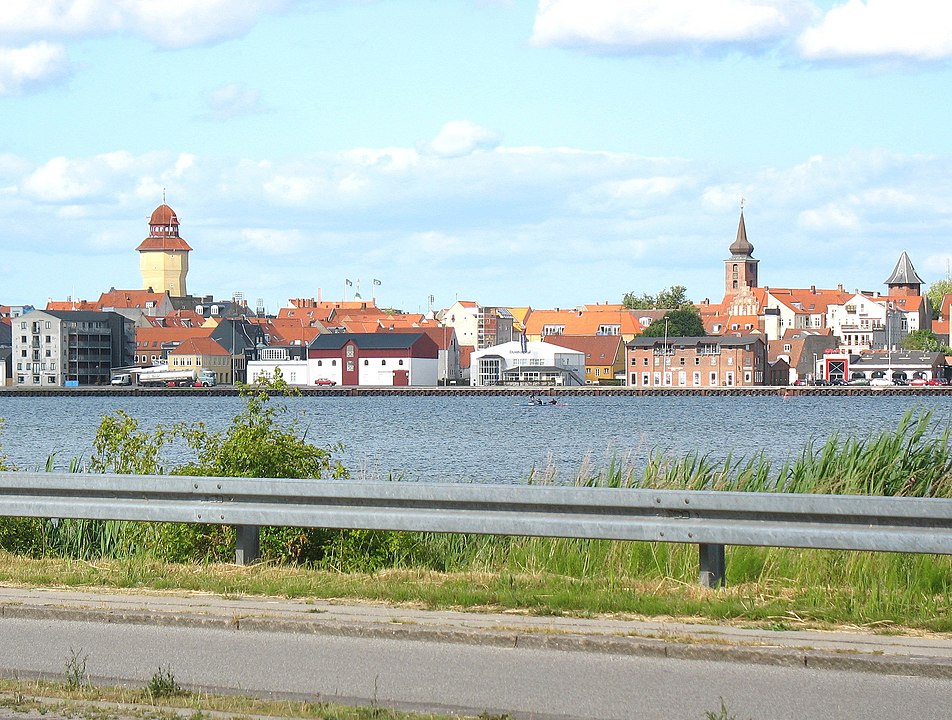A hearing phase in which the public can submit its views on the plan closes today with over 1,500 people have sent in their opinions, broadcaster DR reports.
A narrow majority at the city government is in favour of a proposal to enforce a closing time of 10pm for outside serving at bars, cafes and restaurants in most of the Copenhagen municipality. Some central areas will be excluded from the rules.
The 1,500 submissions on the municipality’s website during the open hearing period is the highest number of responses received on an individual question by a huge margin, according to DR.
The second-highest number, received in relation to the environmental impact of the M5 Metro line, got 39 responses.
Specifically, the proposal would see service for outside seating stop at 10pm on weekdays. This would apply to the entire municipality of Copenhagen with the exception of the so-called “Metropole Zone” between the historic part of inner Copenhagen and Vesterbro; the Meatpacking District in Vesterbro; and Nyhavn.
A key element in the debate is the noise and disturbance experienced by neighbours to outside seating areas. Weighting in favour of late outside service is the positive impact for businesses and giving the capital a more lively atmosphere.
Sector interest organisation Danmarks Restaurants og Caféer said it had submitted its view under the hearing process.
More limited outdoor serving would have a severe impact on the city’s atmosphere, Freja Brandhøj, political director with the organisation, told DR.
“We simply believe that this proposal degrades rather than improves the capital. Many people have worked hard for a vibrant Copenhagen,” she said.
The chairperson of the Residents’ Association for Indre Nørrebro, Gøje Rostrup, said it is unfair that people may be forced to move out of the area if they don’t like noise emanating from the city’s streets.
The association was founded to campaign in favour of resident complaints stemming from being neighbours to bars and other businesses that serve food and drinks until late.
“Many of us have lived here for decades and have experienced how the noise has invaded,” said Rostrup, who has sent a consultation response on behalf of residents.
All 1,500 hearing responses are to be forwarded to councillors on the city works (Teknik og Miljø) committee, who will decide on how the finalised version of the proposal will look.
The Social Democrats, Socialist People’s Party (SF), Conservative and Alternative parties were behind the initial proposal. The latter party said it will decide on its final position once it has considered the hearing responses.
Hearing responses can still be sent to Copenhagen Municipality until midnight on Thursday.






 Please whitelist us to continue reading.
Please whitelist us to continue reading.
Member comments